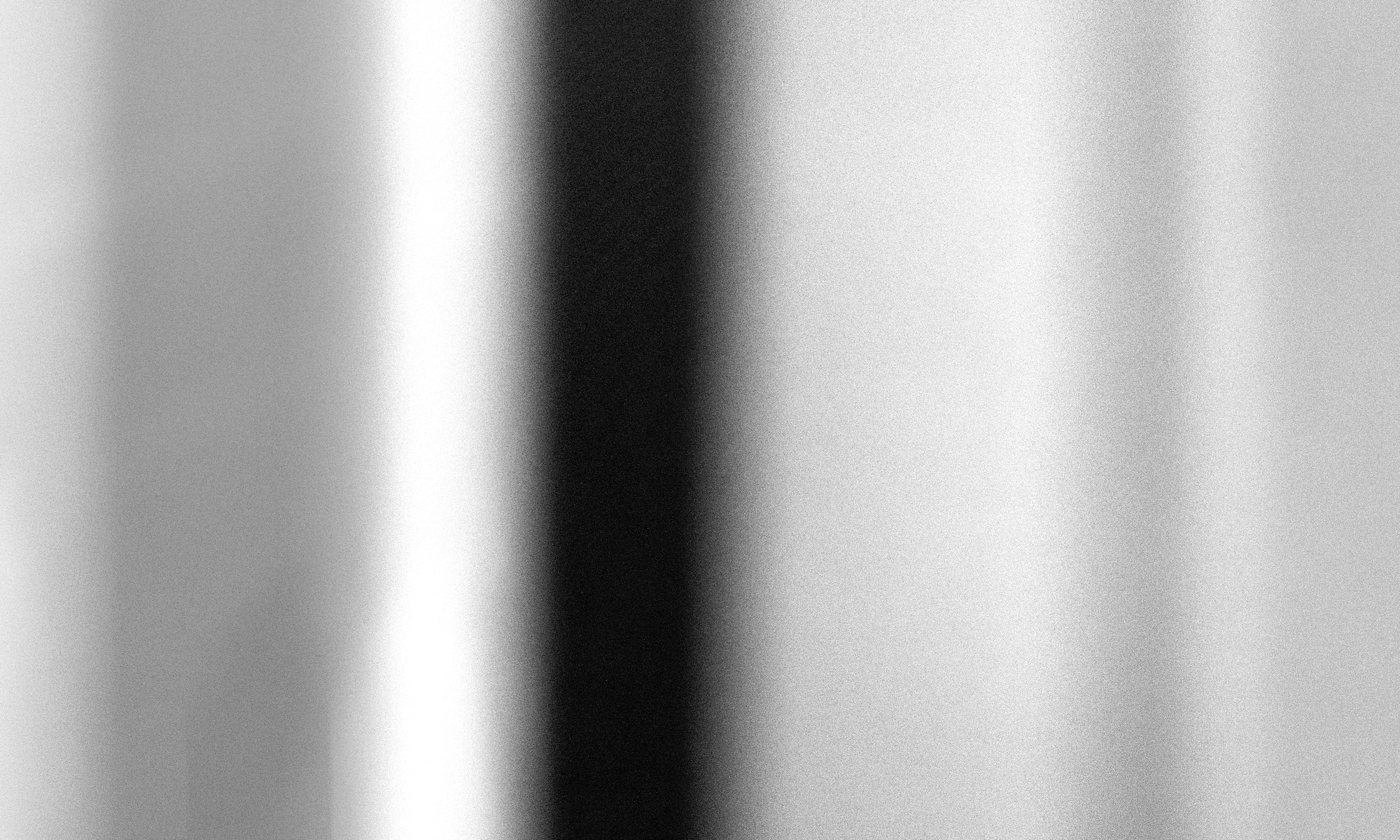The focus this week has been on the places where people come in contact with photographic art, and ‘contexts of consumption’. I want to use this to take the opportunity to reflect on the form that my own photographic work is taking and how this can be circulated, displayed and made public. Each of the three aspects of my project with produce different kinds of outcomes, and will have different primary audiences. I’ll consider each of these in turn. It is important, however, to think about the relationship between these different forms of work and the manner in which the different audiences, and the contexts in which the work is encountered, relate to each other.
My project explores community engagement with urban regeneration in east London. The overall objective is to use photographic image making to explore how regeneration is impacting on communities and how groups and individuals can influence these developments to ensure that they benefit the people who live in regeneration areas. To achieve this, I am
(i) working with residents to explore their experiences and understanding of and aspirations for development of the areas in which they live through their own image making;
(ii) working collaboratively with community groups to produce photographic images to be used in campaigning and advocacy;
(iii) developing my own photographic work to explore the relationship between community and environment in the light of regeneration and gentrification of areas of east London. These are discrete, but inter-twined, bodies of work which act to inform each other.
The photographs produced in (i) are part of the process rather than being outcomes. They act as artifacts which provoke discussion and help gain insight into the lifeworlds of the participants. The outcomes of the work can be in a number of forms, including text with images. The audience for the work are the community members themselves and other individuals and groups who work with the communities, including planners, developers and local authorities, and activists and academics. Books and other print and online publications are likely to be a primary means of dissemination of the outcomes of this work. The images produced in (ii) are most likely to act as resources to be used by community groups to meet their own objectives. They could constitute a repository of images to be drawn on. This is what I have done with the Thames Ward Community Project, and they are using images I have produced in presentations, posters and publications about their work. It can also lead to exhibitions, for instance the recent exhibitions of portraits of participants in a community project at a local community centre.
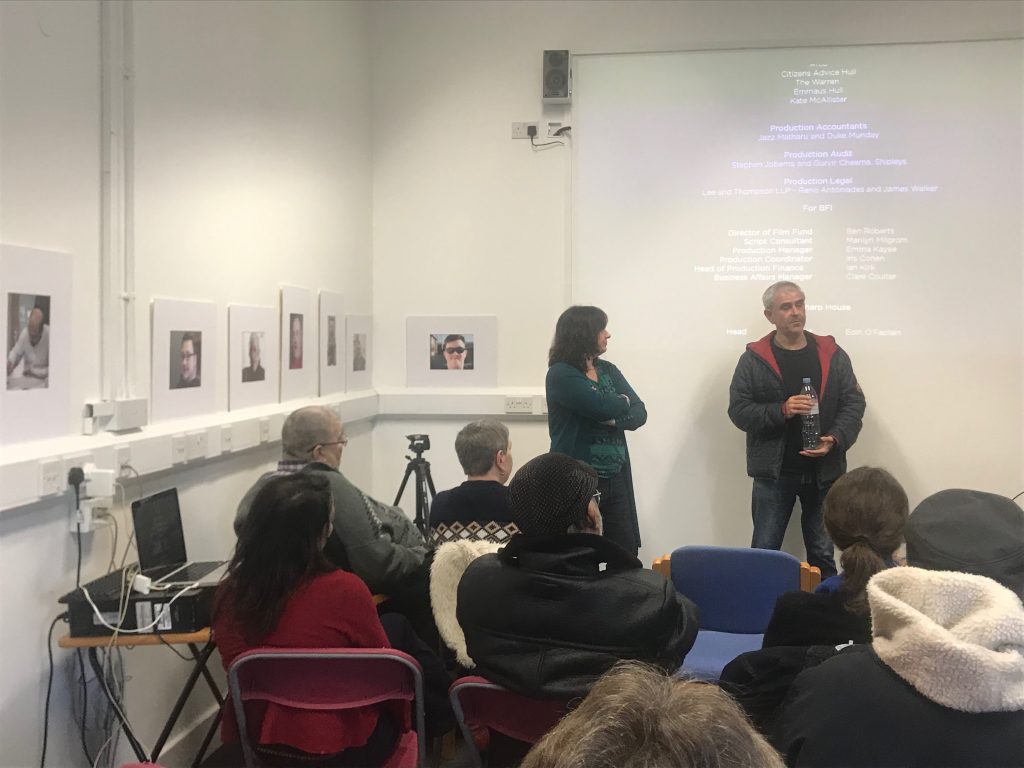
Other photographers who have carried out this kind of work include Emma Blau (who exhibited her portraits of members of the community on a west London housing estate on holdings around the estate).
Julian Germain similarly exhibited images made by and with the community in a favela in Brazil in community spaces, and also produced a newspaper containing these images, a strategy used by Simon Roberts in his work on the UK general election. Dana Lixenberg set up an online repository for her own images and those made by the community in a Los Angeles housing project. Wendy Ewald engaged members of the community in Margate in making images and displayed these with accompanying text in novel public spaces (for instance, on the side of Dreamland, as in the photograph below).
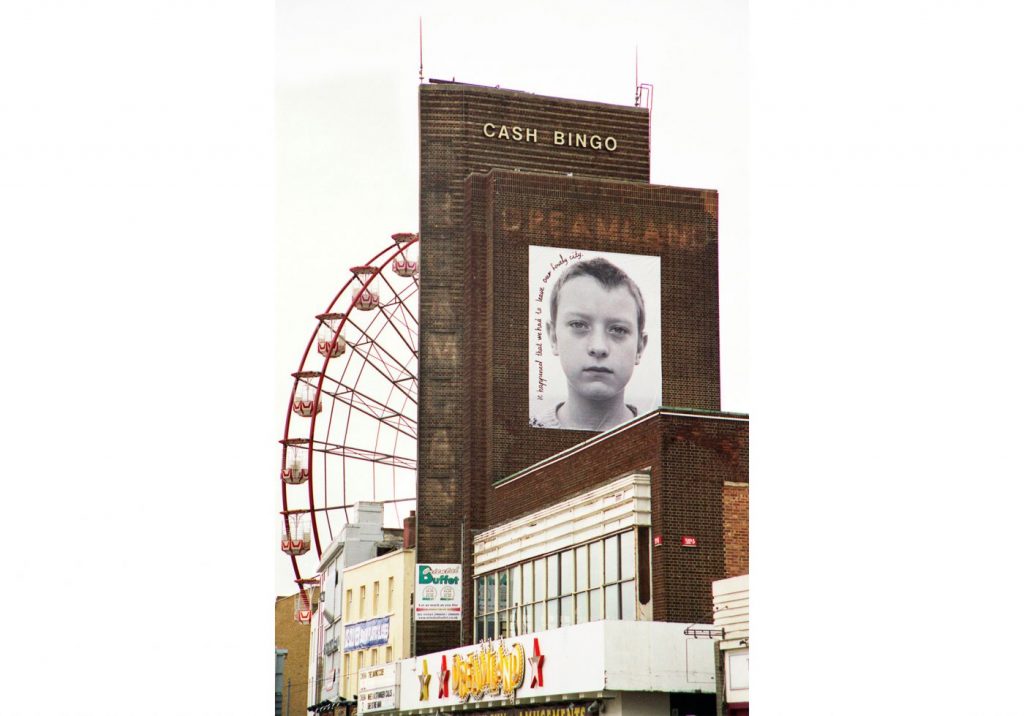
The key here is find ways to actively engage members of the local community in ways that is also able to attract the attention of a wider audience (as, for instance, Jermain and Roberts have done through books based on their projects).
It is the third area of work, my own photographic response to the contexts I am exploring, that is most likely to lead to wider dissemination and engagement beyond the immediate community. The exhibitions of the Urban Photographers Association would be one possible outlet for the kind of work I am doing, for instance The Urban Condition: Photography and Urban Cultures, a group exhibition in 2017 which explored urban place and space from a number of different perspective.
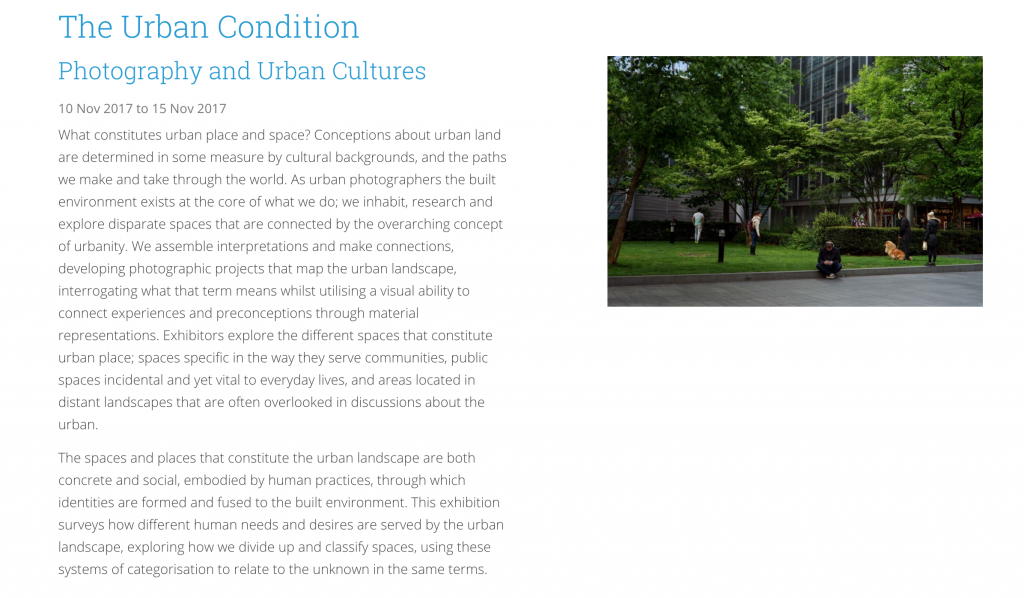
My current work, which addresses the relationship between space and time in the context of urban development and the natural and built environment, would appear to fit with the brief of exhibition and the intent of the artists whose work is represented. If this work achieves a greater degree of development, exhibitions around a particular theme, such as the Living with Cities exhibition (2018) at the Wellcome Foundation (see my post on this exhibition here), would also be a possible vehicle for dissemination.
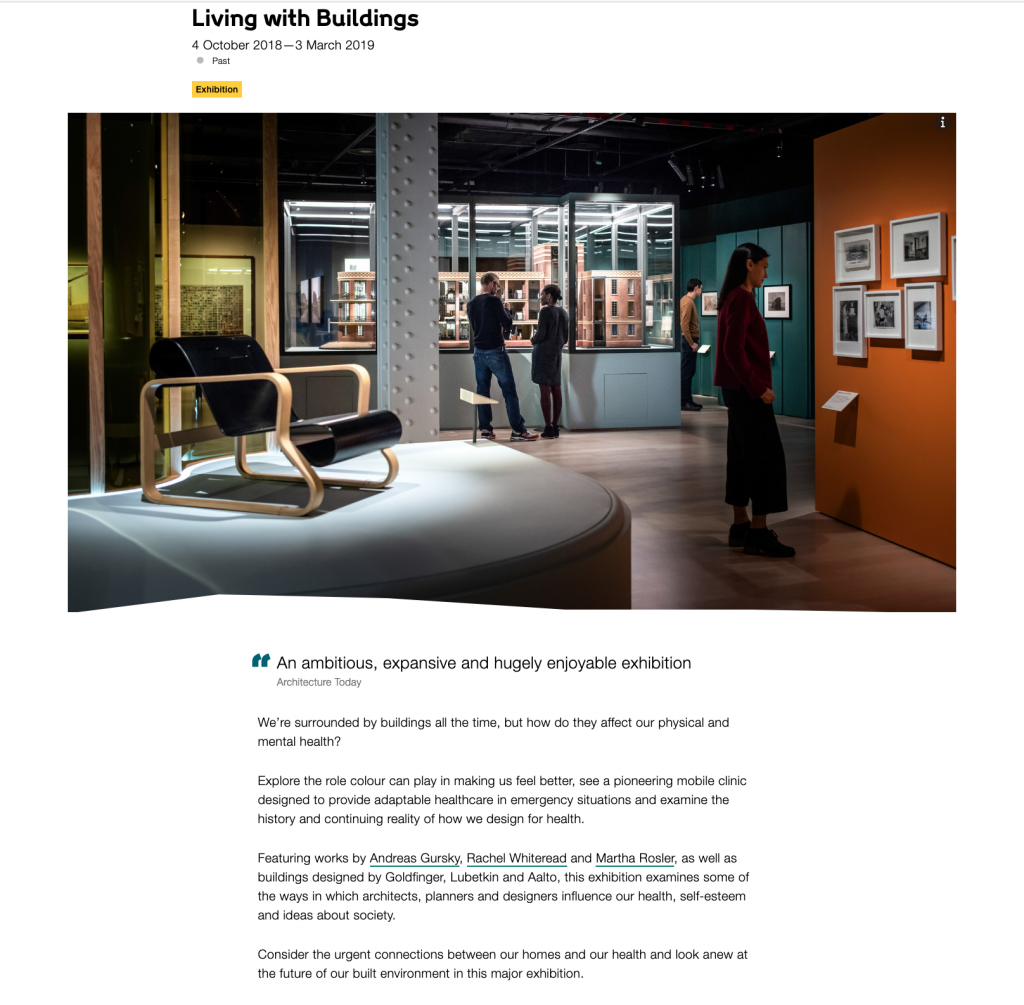
Over the past two weeks, I have also been to a number exhibitions in which a range of forms of work has been presented around a theme, creating mixed media exhibitions in gallery settings. For instance, the Deutsche Borse shortlist includes mixed media work addressing issue of abortion, terrorism, migration and the environment (see my discussion of this work here, and for the Colour and Poetry exhibition here and Moving Objects here). Whilst the gallery is clearly a privileged space to which there is unequal access in relation to social class (Barker, 1999; Bourdieu & Darbel, 1991), strong links can be made with other modes and sites of engagement, creating new possibilities for dialogue, one of the key motivations for the three forms of photographic practice represented in my project.
References
Barker, E. 1999. ‘Introduction’. In Barker, E. (ed.) Contemporary cultures of display. New Haven: Yale University Press in association with the Open University: 8–21.
Bourdieu, P. & Darbel, A. 1991. The Love of Art: European Art: Museums and their Public. Cambridge: Polity Press.
Artist’s websites
Emma Blau. 2016. Face Forward. http://www.faceforward.photo/ [accessed 01.04.19]
Dana Lixenberg, 1993-2015. Imperial Courts. http://www.imperialcourtsproject.com [accessed 01.04.19]
Wendy Ewald, 2003-6. Towards a Promised Land, Margate. http://wendyewald.com/portfolio/margate-towards-a-promised-land [accessed 01.04.19]
Julian Germain. 1995-2007. No Olho da Rua. http://www.juliangermain.com/projects/no-olho.php [accessed 01.04.19]
Simon Roberts. 2010. The Election Project. https://www.simoncroberts.com/shop/election-project-newspaper [accessed 01.04.19]
